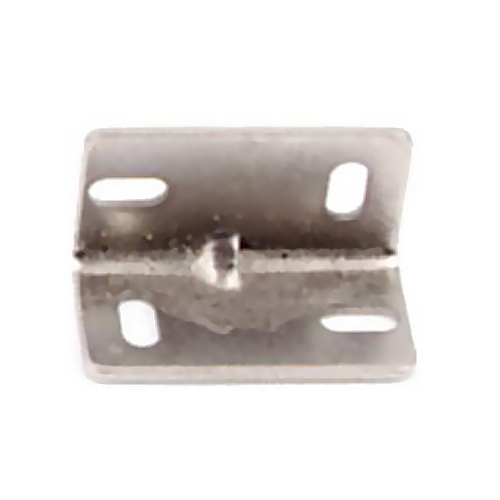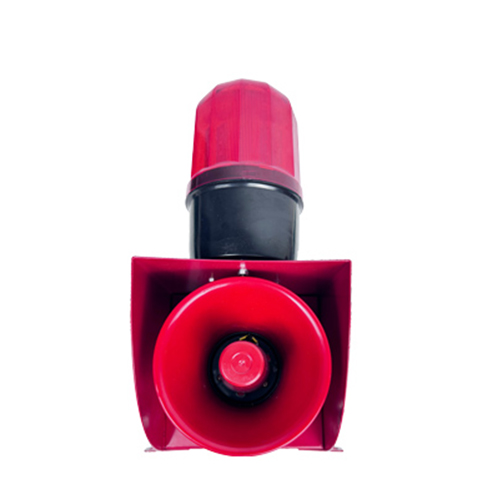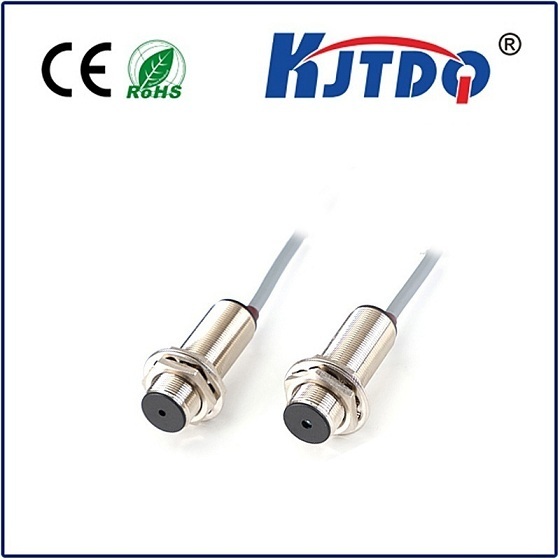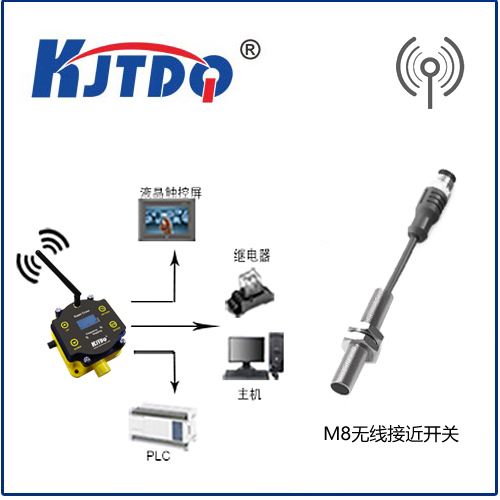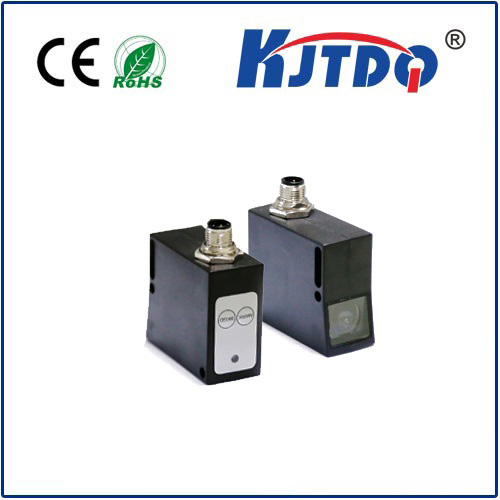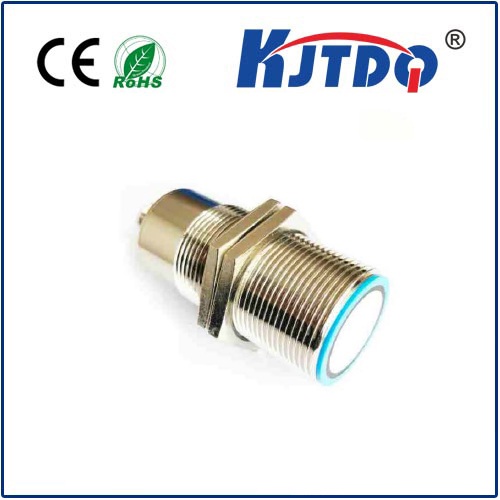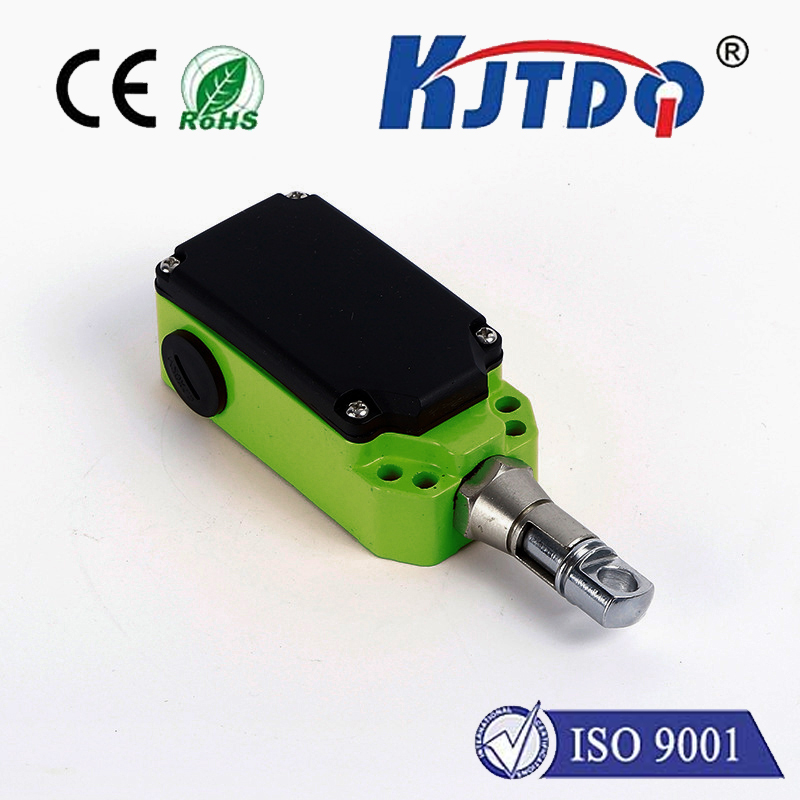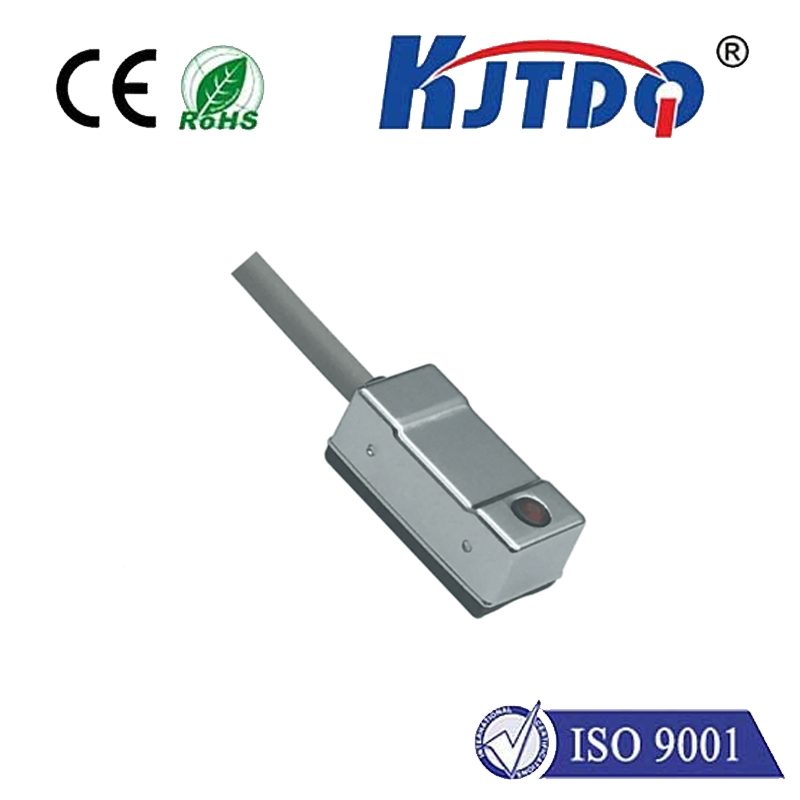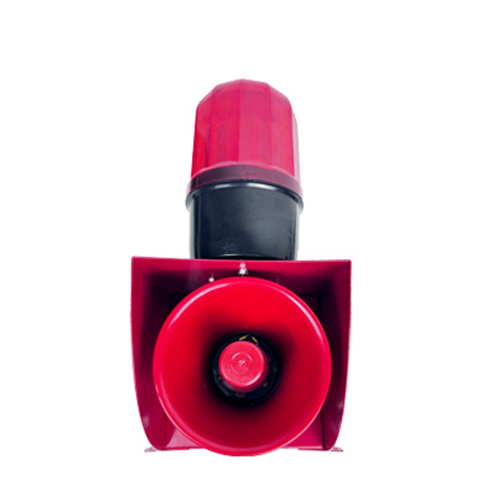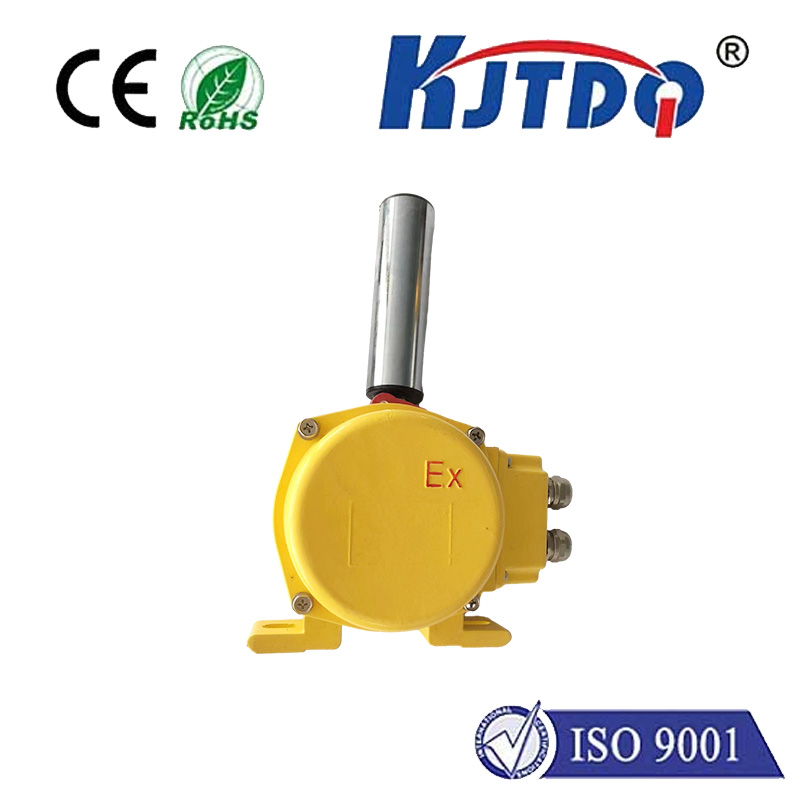

check

check

check

check

check

check

check

check

check

check
Title: Understanding Limit Switch Sensor Types and Their Applications in Automation Systems
Introduction
Limit switch sensors are an essential component of automated systems, serving as mechanical devices that detect the presence or absence of a physical object. These sensors play a vital role in controlling machinery and ensuring safety in various applications, such as manufacturing processes, transportation systems, and industrial automation. In this article, we will discuss the different types of limit switch sensors available and their unique features, along with their applications in automation systems.
Types of Limit Switch Sensors
There are four primary types of limit switch sensors: normally-open (NO), normally-closed (NC), pressure-sensitive, and magnetic switches. Each type has its own advantages and disadvantages based on the specific requirements of the application.
1. Normally-Open (NO) Limit Switches
A normally-open (NO) limit switch is designed to open when the contact is brought into contact with the sensing element. When the contact is removed, the switch returns to its open position. This type of sensor is commonly used in applications where it is essential to indicate the start or stop of a process. For example, in a conveyor belt system, a NO limit switch can be used to signal when the material has reached the end of the conveyor belt.
1. Normally-Closed (NC) Limit Switches
A normally-closed (NC) limit switch is designed to close when the contact is brought into contact with the sensing element. When the contact is removed, the switch remains closed. This type of sensor is commonly used in applications where it is important to maintain a closed state until a certain condition is met. For example, in a manufacturing process, an NC limit switch can be used to signal when a machine has completed its task and needs to be shut down.
1. Pressure-Sensitive Limit Switches
Pressure-sensitive limit switches use a flexible diaphragm or other materials to sense pressure changes when the contact is brought into contact with them. These sensors are highly accurate and can detect small changes in pressure, making them suitable for applications where precise control is required. Pressure-sensitive limit switches are commonly used in industries such as automotive, aerospace, and medical devices.
1. Magnetic Limit Switches
Magnetic limit switches work by using a magnetic field to trigger an internal mechanism when the contact is brought into contact with them. These sensors are relatively inexpensive and can be easily installed on machines without requiring complex wiring arrangements. However, they may not be suitable for applications that require high levels of accuracy or sensitivity.
Applications of Limit Switch Sensors in Automation Systems
Limit switch sensors have numerous applications in automation systems, including:
1. Motion Control: Limit switches are commonly used in motion control systems to monitor the position and orientation of machines and ensure that they are operating within specified parameters. By detecting when a machine has reached its limits or stopped moving, these sensors help prevent accidents and ensure efficient operation.
2. Safety Monitoring: Limit switches can be used to monitor equipment and machinery for signs of wear or damage, alerting operators before a failure occurs. This can help minimize downtime and reduce the risk of injury or damage to equipment.
3. Material Handling: In material handling systems
